We’ve all seen the tragic headlines and heard the awful stories from Carbon Monoxide (CO) poisoning:
“Couple Perishes From Faulty Furnace.”
“Six People Die From Generator Operating In House.”
“Proper Chimney Inspection Could Have Saved Family.”
It’s a sad but preventable fact that hundreds of people are seriously injured and lose their lives yearly because of carbon monoxide (CO) poisoning.
This article will give you an overview of CO poisoning. We’ll discuss the symptoms, give you simple precautions, and provide practical tips on how to prevent carbon monoxide poisoning and protect your loved ones.
What Is Carbon Monoxide, and Why Is It Dangerous?
Carbon monoxide is a poisonous gas. You cannot smell it, you cannot see it, and you cannot taste it. By breathing in CO fumes, your body replaces the oxygen in your red blood cells with carbon monoxide. Over time, often in as little as a couple of hours, the shortage of oxygen in your red blood cells can cause them to die. Additionally, CO poisoning affects vital organs, such as your brain and heart, and eventually causes them to shut down.
Everyone can be at risk. But particularly vulnerable are pregnant women, unborn babies, children, the elderly, and those with chronic heart disease. Smoke inhalation during a fire frequently causes CO poisoning.
Since combustion releases CO, the type of equipment or fuel doesn’t matter. The following fuels all release CO, no matter how you burn them: wood, natural or LP gas, oil, kerosene, charcoal, gasoline, diesel fuel, etc.
Combustion by-products include carbon dioxide, nitrogen oxides, sulfur dioxide, water vapor, and other particulate matter.
Usually, these by-products are vented to the atmosphere by a chimney, vent pipe, or exhaust system. An improper installation, faulty equipment, or poorly maintained equipment can put your loved ones’ lives in danger.
Symptoms and Signs of Carbon Monoxide Poisoning Include:
- Vomiting or nausea
- Headache
- Weakness
- Dizziness
- Loss of coordination
- Being confused
- Shortness of breath
- Blurred vision
- Losing consciousness
These warning signs are often very subtle and frequently dismissed as not “feeling well.” CO poisoning is a medical emergency since your health can deteriorate very quickly. Get those affected into the fresh air at once and call 911.
Also, remember that carbon monoxide poisoning is especially dangerous for people who are sleeping or have been drinking alcoholic beverages. Irreversible brain damage, life-threatening cardiac complications, or even death can occur, often before anyone realizes there’s a problem.
You and Your Family Could Be at Risk If…
- You have soot or creosote buildup in your masonry or stainless-steel chimney.
- You notice loose masonry material on the roof or on the ground.
- You notice a decreasing supply of hot water.
- You have missing or loose furnace panels.
- You see rust or water streaking on your chimney system or vent pipes.
- You notice disconnected or loose connections in your chimney system or vent pipes.
The Common Causes of Carbon Monoxide Exposure
Your family is at an elevated risk of CO poisoning when fuel-burning appliances are misused or are not cleaned, maintained, or repaired as needed.
Remember the following 9 points to reduce the risks:
1) NEVER barbecue on a charcoal, gas, or pellet grill indoors without proper ventilation. Don’t cook on a grill in a tightly sealed or enclosed space. Doing so will allow carbon monoxide levels to accumulate to dangerous levels.
2) ALWAYS use space heaters in a well-ventilated area.
3) NEVER let a connector pipe, the chimney, or the flue in a masonry chimney fall into disrepair.
If maintenance or repairs are needed, schedule it pronto. Companies specializing in this type of work get very busy in late summer and fall. Before the burning season begins or you build your first fire, inspect all connections on your chimney or venting pipes. You want to ensure all connections are firm and intact and clearance requirements are met or exceeded.
4) NEVER burn wood in a fireplace with an obstructed chimney. Creosote can form in chimneys, and debris or nesting materials can block them, allowing dangerous combustion gases to accumulate.
Because of this dangerous potential, the National Fire Protection Association Code 211 states that a chimney must be inspected annually. Make this a priority on your yearly cleaning list and do it faithfully.
Better yet, eliminate these issues by having your chimney routinely serviced by a certified professional.
5) DO NOT allow a car, truck, lawnmower, ATV, tractor, or motorcycle to idle in an enclosed garage or shed.
6) NEVER operate a portable generator in your basement or your house. Generator exhaust contains high levels of carbon monoxide.
7) DO NOT leave a gas cooking stove or oven on too long. Never use a stove or oven to heat the house. Portable camping cookstoves are strictly for outdoor use.
8) ALWAYS call a certified professional to check your gas furnace before it’s turned on in the fall.
They will look for a cracked heat exchanger, improper venting connections, or other damage to critical components. While at your house, have them inspect the gas hot water heater to ensure it is venting correctly.
9) If your home is airtight, have your WELOVE FIRE® expert inspect your gas, wood, or pellet equipment. A wood-burning appliance, especially on the lowest level of your home, could cause reverse airflow that might draw combustion gases back into your living space.
How Can I Prevent Carbon Monoxide Poisoning?
Common sense and regular preventive maintenance are the best ways to keep your family safe from CO. The list below is not all-inclusive, but following these recommendations will protect your loved ones’ safety.
-
- Invest in a new carbon monoxide detector for each level in your home. Ensure the CO detectors meet the Underwriter Laboratories (UL) safety standards. Install them as the manufacturer suggests, usually in bedroom hallways and the furnace or mechanical room. CO detectors are also available for campers, motorhomes, and boats. Be sure to replace the batteries regularly.
- Properly vent all fuel-burning appliances and engines, including space heaters, grills, furnaces, water heaters, wood stoves, fireplaces, generators, and engines.
- Be sure to open the damper on your wood fireplace whenever you use it.
- Operate all space heaters in a well-ventilated area.
- Keep your wood-burning fireplace or stove in good repair. Replace any worn or damaged parts. If it’s an older appliance, replace it with a top-rated, highly efficient one. As the code states, inspect your chimney system annually and clean it if necessary.
- Store your generator outside. And use it outdoors, never inside.
- Get in the habit of starting your vehicles with the garage door open. Be especially careful with an attached garage, as the rest of the house is vulnerable to migrating CO fumes. Never leave a car running in a garage.
Your WE LOVE FIRE® expert is concerned about your safety and good health. We want you and your family to enjoy our products and have the utmost faith in our service and repair work. Please call or email us with any other questions or if you need any additional information.
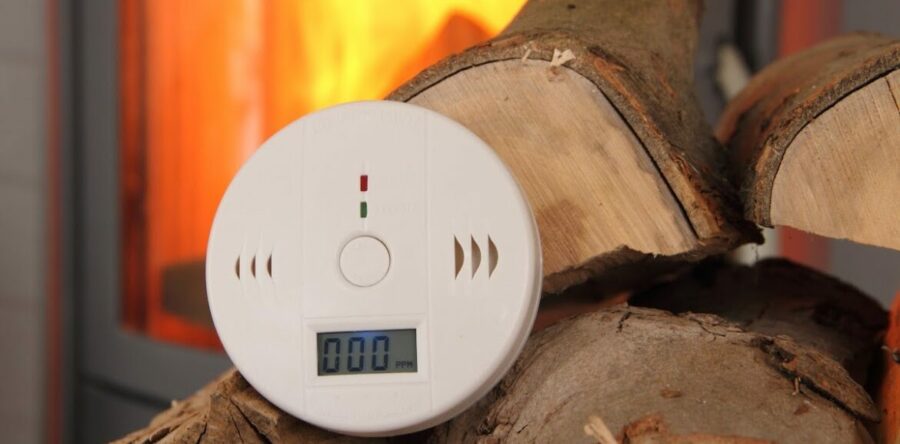

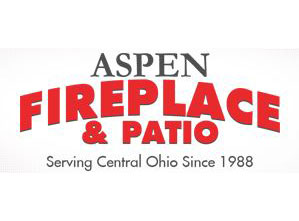
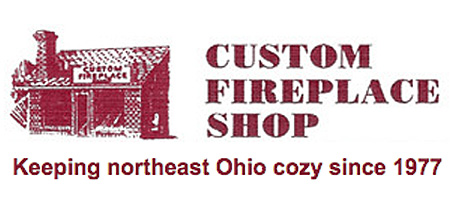



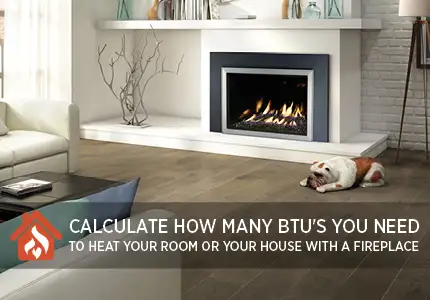

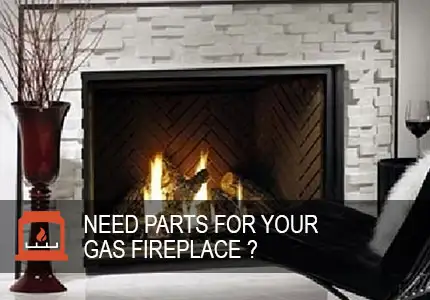
30 Responses